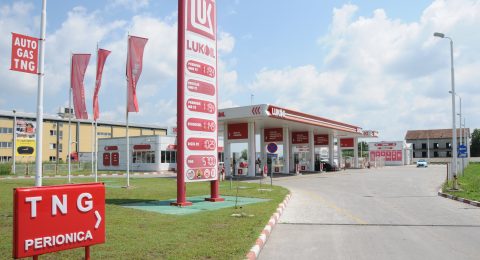Since climate change has become a controversial issue, carbon capture solutions emerged as some of the best methods for reducing carbon dioxide emissions and consequently overcoming climate change. One of the techniques that could help in carbon capture is the Ocean Iron Fertilization method. Even though this innovative method is not a new idea, the topic has made a comeback on the scene as it has great potential to be a great carbon capture solution.
Iron Ocean Fertilization Interpretation
According to an article published by the NichInstitute, this technique refers to stimulating the growth of phytoplankton in order to absorb the carbon from the atmosphere and push it into the ocean. This would be done by spreading iron in the sea in places where iron is low concentration and could impact the growth of phytoplankton. This theory was subjected to more than 16 experiments during the last 30 years, according to an article published by a geoengineering monitor.
An article published by ecofriend gave more explanation about this process stating that “Late oceanographer, John Martin, found out that iron was the best macronutrient for phytoplankton growth. The algae thus get iron nutrition from the intentional introduction of the element. After that, these aquatic eukaryotic organisms absorb the abundance of carbon dioxide from the air for photosynthesis. The process thereby helps to mitigate a generous share in global warming.”
Iron Ocean Fertilization: The White Points
According to a report released by the International Monetary fund (IMF) in 2019, phytoplankton can capture about 37 billion metric tons of CO2 which represents 40% of all CO2 produced at that time. It added that after calculations, this amount of captured CO2 is equivalent to the amount captured by 1.70 trillion trees—four Amazon forests’ worth. Additionally, laboratory experiments suggested that every ton of iron added to the ocean could remove 30,000 to 110,000 tons of carbon from the air; the iron fertilization across the entire Southern Ocean could erase 1 to 2 billion tons of carbon emissions each year which means 10-25 % of the world’s annual total, according to a feature published by Oceanus in 2007.
Moreover, this method of carbon capture considers lower costs than any other carbon sequestration method. According to an article published by frontiers, the cost of iron fertilization has been estimated at $ 22–119 and 457 per ton of captured CO2 in 2013. Additionally, there are lower cost estimates for Fertilization using macronutrients, at around $20 per ton of CO2 in 2014, but scalability is questionable and monitoring costs are excluded. Thus, the average of all estimates is $230 per ton of CO2, indicating very low-cost effectiveness.
Besides that, this technique can benefit the marine food chain because iron aquatic plants need iron for their healthy growth, the article released by ecofriend stated. Also, this method will lead to an increase in fish stock. In addition, “iron fertilization able to sequester carbon into the deep ocean for a decade to century time scales, it can take place in the open ocean so there are limited impacts on humans, and it has successfully been carried out in small-scale experiments”, according to an article released by Ocean First Journal.
Criteria of Successful Iron Fertilization
As mentioned above, this technique is still under study and is yet to be applied. The article published by NichInstitue, mentioned that there are three criteria for successful iron fertilization. First, this method must be targeted at areas of the ocean and times of the year where and when iron currently limits phytoplankton growth, so that new phytoplankton growth follows iron fertilization. Second, it must consistently generate additional carbon storage that can be stored for a predictable time period in order to be able to determine long-term costs and benefits. When applying this technique, it should prove a reduction in atmospheric carbon, acceptable environmental impacts, and beneficial economic effects.








